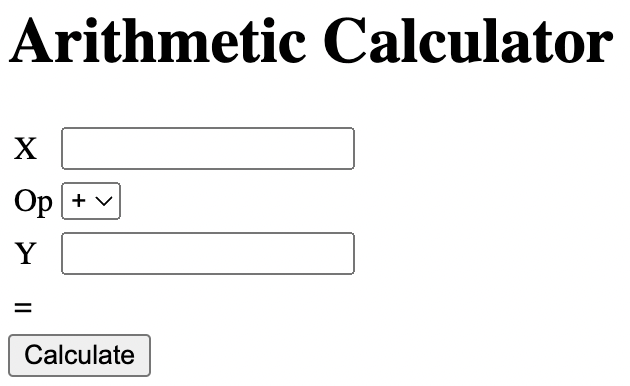fabric
Package examples/hello
The hello.example microservice demonstrates some of the key capabilities of the framework using various endpoints.
/echo echos the incoming HTTP request in text format. This is a useful tool for looking at the HTTP control headers Microbus- added by the framework.
http://localhost:8080/hello.example/echo produces:
GET /echo HTTP/1.1
Host: hello.example
User-Agent: Mozilla/5.0
Accept-Encoding: gzip, deflate, br
Accept-Language: en-US,en;q=0.9
Connection: keep-alive
Microbus-Call-Depth: 1
Microbus-From-Host: http.ingress.core
Microbus-From-Id: tg190vjj3j
Microbus-Msg-Id: UQnfaJf4
Microbus-Time-Budget: 19749
Sec-Ch-Ua: "Chromium";v="104", " Not A;Brand";v="99"
Sec-Ch-Ua-Mobile: ?0
Sec-Ch-Ua-Platform: "macOS"
Sec-Fetch-Dest: document
Sec-Fetch-Mode: navigate
Sec-Fetch-Site: none
Sec-Fetch-User: ?1
Upgrade-Insecure-Requests: 1
The /ping endpoint broadcasts a ping to discover the identity of all microservices running on the cluster.
bvtgii68r8.messaging.example
mv2pcoockl.messaging.example
r52l78kha4.messaging.example
pa6r5ohm5h.hello.example
0iij3m5fhf.http.ingress.core
7k9f82n45f.configurator.core
n89hmtb9iq.calculator.example
The /hello endpoint renders a simple greeting. It demonstrates the use of configs as well as taking in arguments from the URL. The single endpoint /hello takes in a query argument name and prints the greeting specified in the Greeting config, repeated as many times as indicate by the Repeat config. The values of these configs are set in main/config.yaml.
http://localhost:8080/hello.example/hello?name=Bella prints:
Ciao, Bella!
Ciao, Bella!
Ciao, Bella!
The /calculator endpoint renders a rudimentary UI of a calculator. Behind the scenes, this endpoint calls the calculator.example/arithmetic endpoint to perform the calculation itself, demonstrating service-to-service calls. The calculator.example microservice is discussed next.

The /bus.png endpoint serves an image from the embedded resources directory.
The /localized endpoint demonstrates loading a localized string from the text.yaml resource based on the request’s Accept-Language header.
http://localhost:8080/hello.example/localized prints Hello in one of several European languages:
en: Hello
fr: Bonjour
es: Hola
it: Salve
de: Guten Tag
pt: Olá
da: Goddag
nl: Goedendag
pl: Dzień dobry
no: God dag
tr: Merhaba
sv: God dag
The //root endpoint demonstrates how the magic hostname root is used to create a subscription to the topmost root path of the web server.
http://localhost:8080/